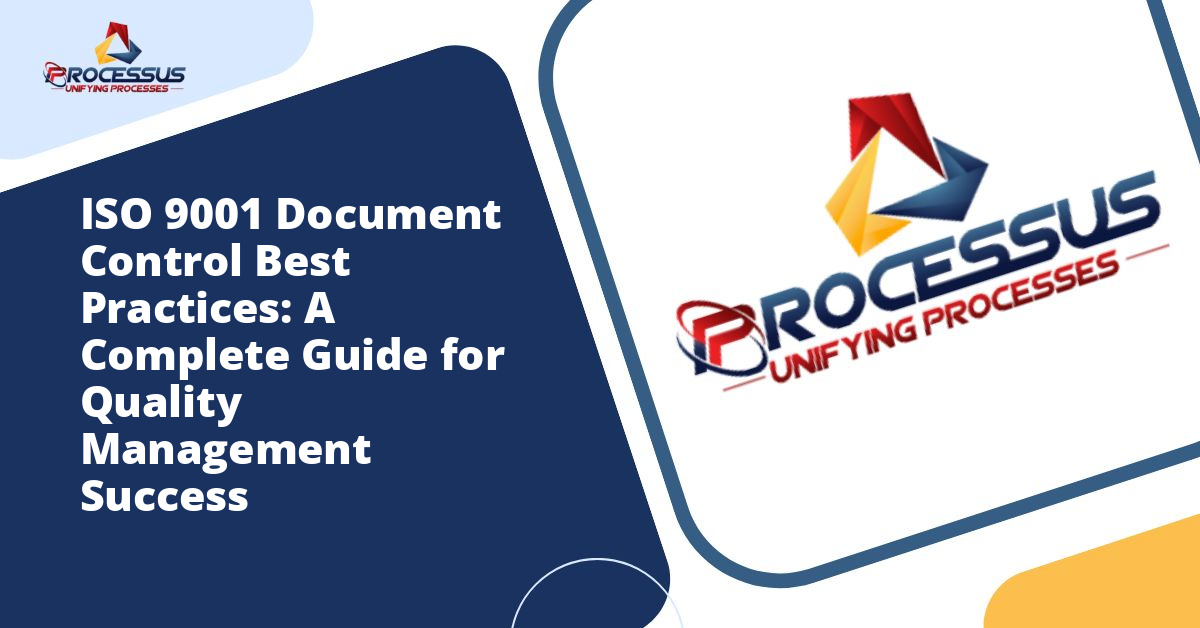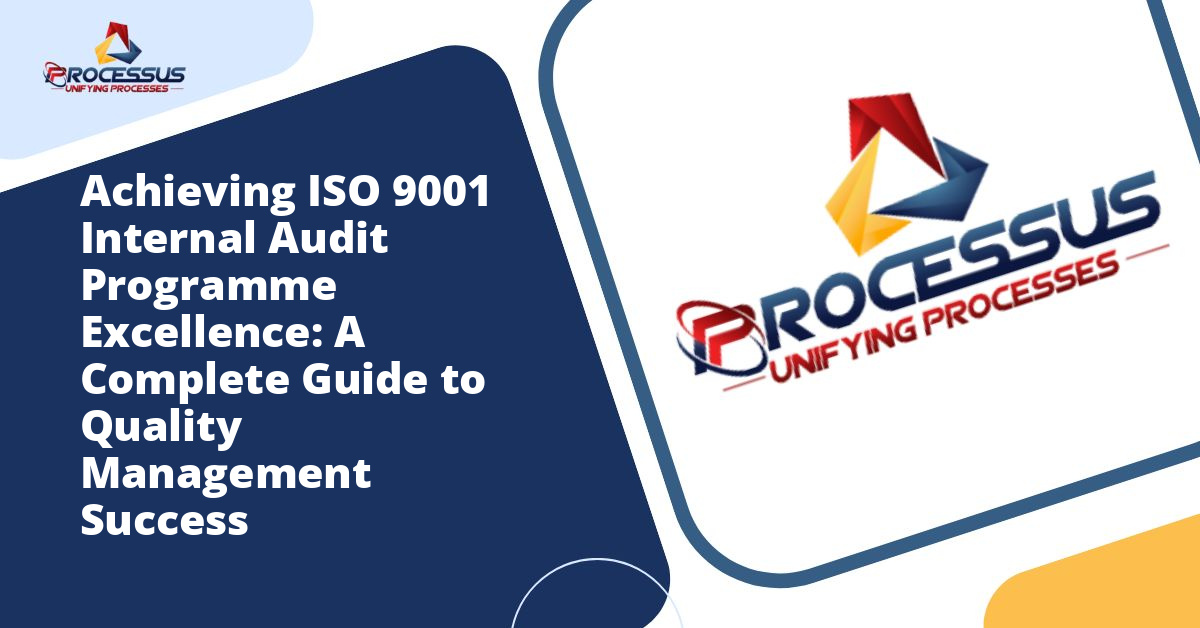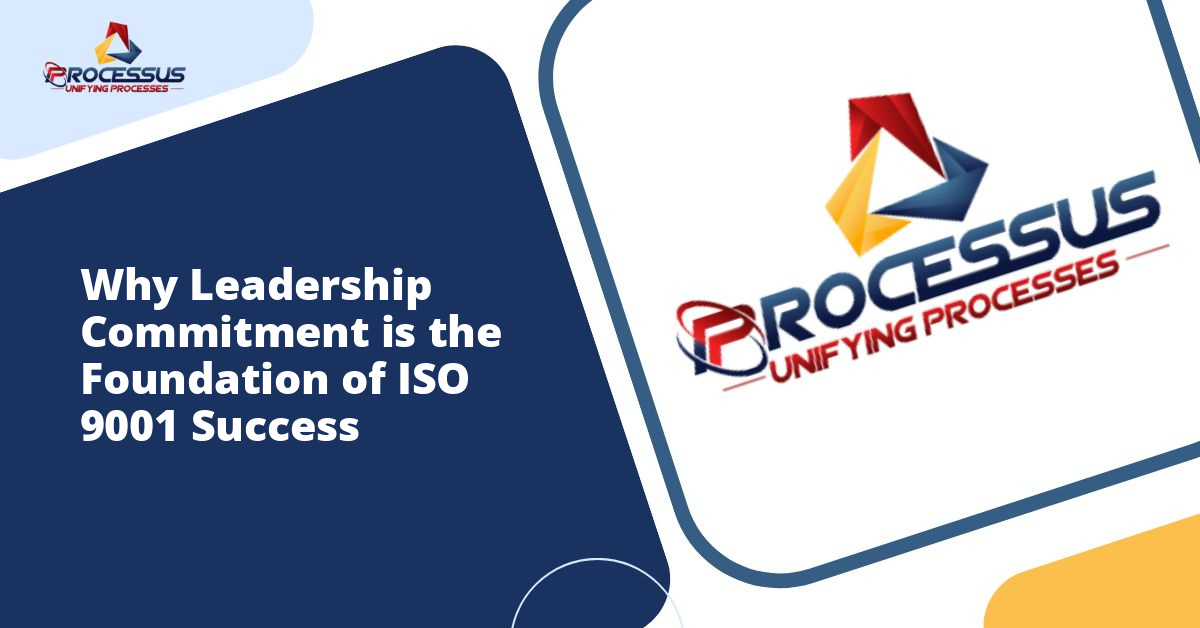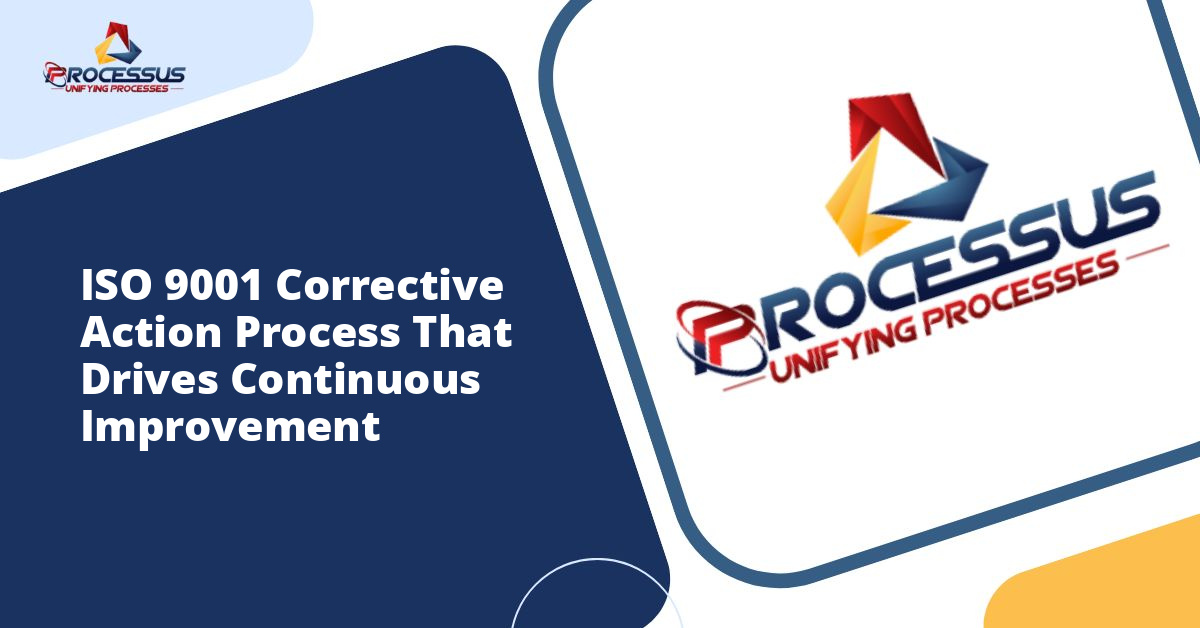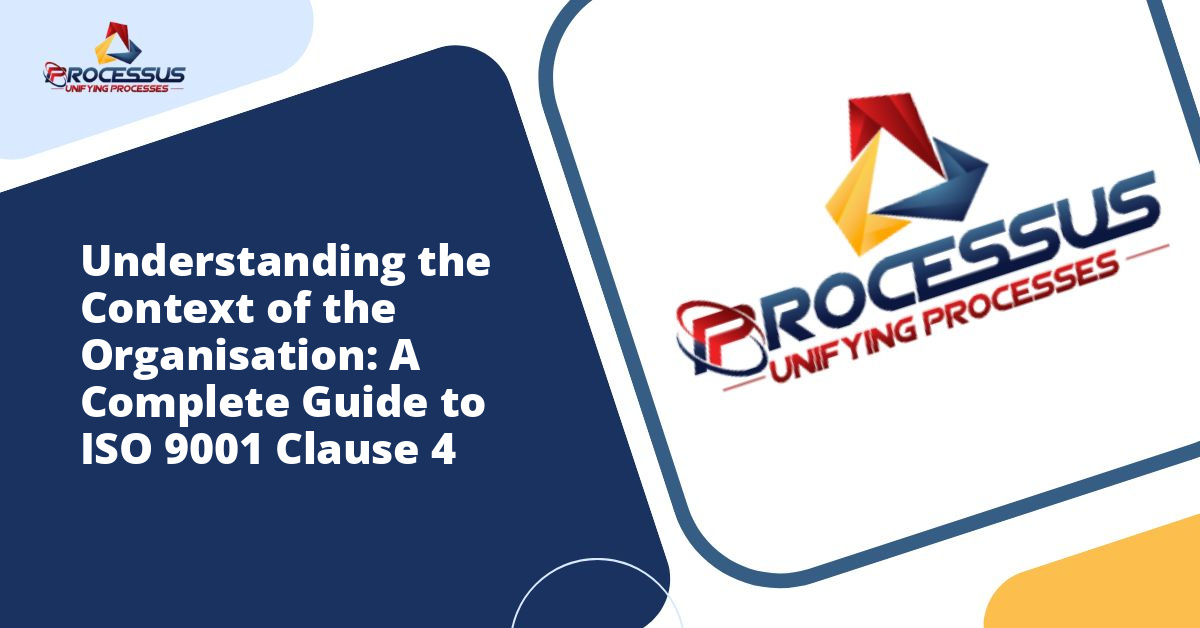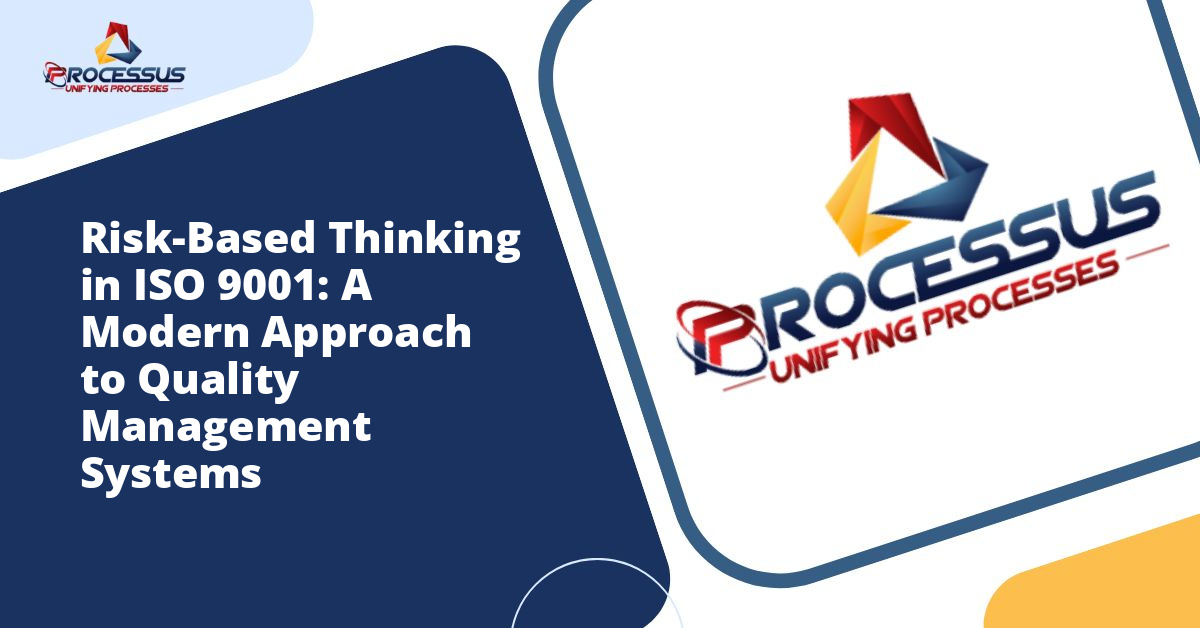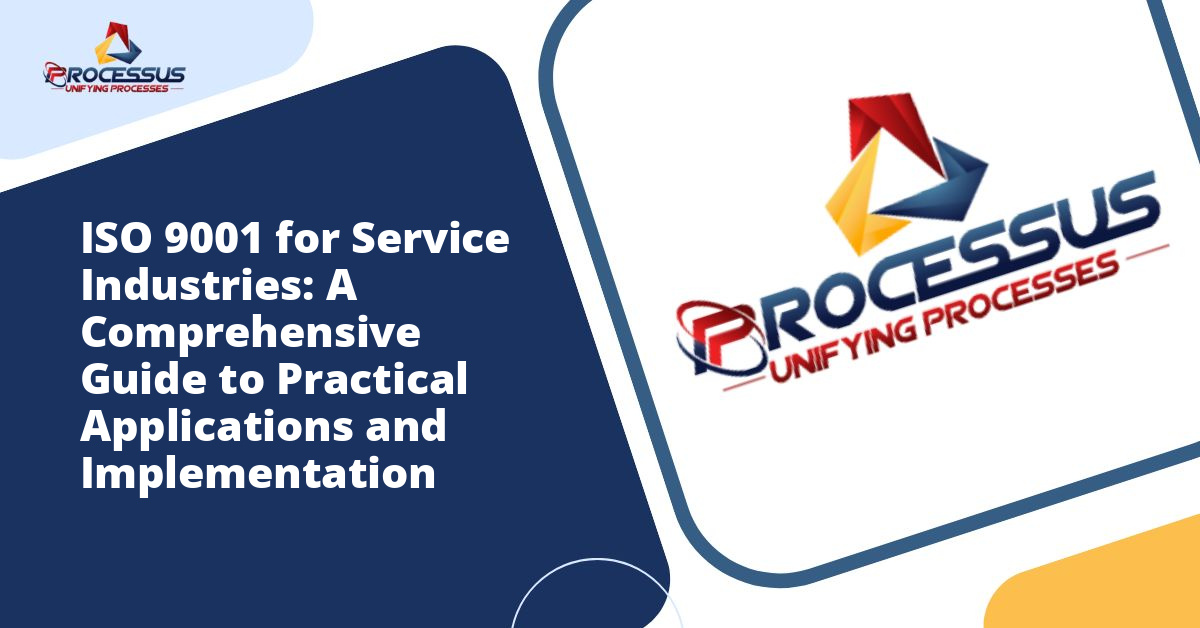Effective document control stands as a cornerstone of ISO 9001 quality management systems, yet many organizations struggle to implement practices that truly enhance operational efficiency. The management of documents and records represents far more than a compliance checkbox; it forms the backbone of consistent processes, knowledge preservation, and continuous improvement. This comprehensive guide explores proven document control practices that help organizations maintain ISO 9001 certification while building a sustainable framework for quality excellence.
Understanding Document Control in ISO 9001 Context
Document control within ISO 9001 refers to the systematic management of documents throughout their entire lifecycle, from creation and approval through distribution, revision, and eventual archival or disposal. The ISO 9001:2015 standard specifically addresses documented information requirements in sections 7.5.2 (Creating and updating) and 7.5.3 (Control of documented information), establishing clear expectations for how organizations should manage their quality documentation. You might also enjoy reading about ISO 9001 for Service Industries: A Comprehensive Guide to Practical Applications and Implementation.
The fundamental purpose of document control extends beyond regulatory compliance. When implemented effectively, it ensures that employees always access the correct, most current versions of documents needed to perform their work. This accessibility prevents costly errors, reduces waste, supports training initiatives, and provides evidence of conformity during internal and external audits. You might also enjoy reading about Risk-Based Thinking in ISO 9001: A Modern Approach to Quality Management Systems.
Organizations often underestimate the complexity involved in maintaining an effective document control system. Without proper practices in place, companies face risks including outdated procedures being followed, critical information becoming lost, inconsistent processes across departments, and failed audits that can jeopardize certification status. You might also enjoy reading about Customer Satisfaction Measurement for ISO 9001: A Complete Implementation Guide.
Establishing a Document Hierarchy and Classification System
Creating a logical document hierarchy represents the first essential step toward effective document control. Most organizations adopt a tiered approach that typically includes quality manuals at the top level, procedures at the second level, work instructions at the third level, and supporting documents and records at subsequent levels.
The quality manual provides the highest-level overview of the quality management system, describing the organization’s scope, processes, and how they interact. Procedures document how cross-functional processes are conducted, typically answering the questions of what, where, when, and who. Work instructions offer detailed, step-by-step guidance for specific tasks, often targeting individual roles or workstations. Supporting documents include forms, templates, specifications, and external documents such as standards or regulations.
Implementing a clear classification system helps users quickly identify and locate documents. Consider using a numbering convention that incorporates meaningful identifiers such as department codes, document types, and sequential numbers. For example, a procedure for handling customer complaints in the quality department might carry an identifier like QA-PROC-001, where QA indicates the quality assurance department, PROC designates a procedure, and 001 represents the sequential number.
Creating Document Templates and Standards
Standardized templates ensure consistency across all controlled documents while significantly reducing the time required to create new documentation. Effective templates include predefined fields for essential metadata such as document title, identification number, revision history, approval signatures, and effective dates.
Templates should incorporate headers and footers that automatically populate with document control information, preventing manual entry errors. Many organizations also include standardized formatting elements such as fonts, heading styles, margins, and logo placement to maintain professional consistency across their document portfolio.
Beyond visual consistency, templates can embed prompts or instructions that guide document authors through required content sections, ensuring that critical information is never omitted. This approach proves particularly valuable when subject matter experts without technical writing backgrounds need to create or update documentation.
Implementing Robust Document Review and Approval Processes
The review and approval process represents a critical control point where document accuracy, completeness, and appropriateness are verified before distribution. Best practice involves establishing clearly defined roles and responsibilities for document creation, review, and approval, with these responsibilities documented and communicated throughout the organization.
Document creators typically serve as subject matter experts who draft content based on actual work processes and practices. Reviewers assess documents for technical accuracy, completeness, clarity, and alignment with related documentation. Approvers hold the authority to authorize document release and take responsibility for ensuring the document meets quality standards and regulatory requirements.
The approval process should follow a documented workflow that prevents documents from bypassing required review stages. Many organizations implement a matrix that specifies which roles must review and approve different document types. For example, procedures affecting multiple departments might require review by each affected department head, while work instructions might only need approval from the immediate supervisor and quality manager.
Managing Review Cycles and Feedback
Efficient review cycles balance thoroughness with timeliness. Establishing reasonable deadlines for reviews prevents documents from languishing in approval queues while allowing adequate time for meaningful evaluation. Automated reminders help keep reviews on track without creating administrative burden.
Implementing a structured feedback mechanism ensures that reviewer comments are captured, addressed, and tracked. This might involve using comment features in document management software, maintaining review logs, or conducting formal review meetings for complex or controversial documents. Documenting the resolution of review comments provides valuable audit evidence demonstrating due diligence in the approval process.
Version Control and Revision Management
Proper version control prevents one of the most common and potentially dangerous document control failures: the use of obsolete documents. Every controlled document should carry a clear version identifier that changes with each revision. Version numbering schemes vary, but many organizations use major and minor version numbers (such as 1.0, 1.1, 2.0) where major versions reflect substantial changes and minor versions indicate small updates or corrections.
Maintaining comprehensive revision histories provides transparency and traceability. Each document should include a revision log that records the version number, revision date, description of changes, and the person who made the changes. This history serves multiple purposes: it helps users understand how documents have evolved, provides context for why changes were made, and creates an audit trail for compliance purposes.
When documents undergo revision, the previous version must be promptly removed from circulation and archived. This supersession process prevents confusion and ensures that only current documents remain accessible for operational use. However, archived versions should remain retrievable for reference, investigation, or legal purposes.
Change Control Procedures
Implementing a formal change control procedure ensures that document modifications occur in a controlled, deliberate manner. This procedure should define who can request changes, how change requests are evaluated and prioritized, and the process for implementing approved changes.
Change requests typically undergo evaluation to assess their necessity, impact on related documents and processes, resource requirements, and implementation timeline. For significant changes, organizations might convene a change control board comprising representatives from affected areas to review and decide on proposed modifications.
Communication of changes represents a crucial but often overlooked aspect of change control. When documents are revised, affected personnel must be notified and, where necessary, trained on the changes. Documentation of this communication and training provides evidence that changes have been effectively implemented.
Distribution and Access Control
Controlled distribution ensures that documents reach the people who need them while preventing unauthorized access to sensitive information. Modern document management systems facilitate this through permission-based access controls that can be configured at various levels, from individual documents to entire folders or document categories.
Organizations should maintain distribution lists or access matrices that specify which roles or individuals require access to specific documents. These controls should be reviewed periodically to ensure they remain current as personnel and organizational structures change.
For documents that must be distributed externally to suppliers, customers, or regulatory bodies, organizations should implement tracking mechanisms to record what was sent, to whom, when, and which version. This tracking becomes essential when documents are later revised, as it enables targeted notification of external parties who received previous versions.
Managing External Documents
ISO 9001 requires organizations to control external documents relevant to their quality management system. External documents might include industry standards, customer specifications, regulatory requirements, supplier certificates, or technical references. These documents present unique control challenges because organizations do not control their creation or revision.
Best practice involves maintaining a register of external documents that records the document title, source, current version, date of issue, location, and responsible person for monitoring updates. Periodic reviews ensure that external documents remain current, with outdated versions removed from use.
Leveraging Technology for Document Control
While paper-based document control systems can achieve ISO 9001 compliance, electronic document management systems (EDMS) offer significant advantages in efficiency, accessibility, and control. Modern EDMS platforms provide centralized repositories where documents are stored, organized, and made accessible according to defined permissions.
Key features to seek in document management software include version control automation, workflow management for reviews and approvals, audit trails that track all document activities, search functionality for rapid document retrieval, and integration capabilities with other business systems.
Cloud-based document management solutions have become increasingly popular, offering advantages such as remote accessibility, automatic backups, scalability, and reduced IT infrastructure requirements. However, organizations must carefully evaluate security features, data sovereignty considerations, and business continuity provisions when selecting cloud platforms.
Automation Opportunities
Automation reduces administrative burden and human error in document control processes. Automated workflows can route documents through predefined review and approval sequences, send notifications and reminders, enforce required fields and approvals, and automatically archive superseded versions.
Periodic review requirements can be automated through scheduled reminders that prompt document owners to review and reapprove documents at defined intervals. This ensures that documents remain accurate and relevant over time, preventing the accumulation of outdated documentation that no longer reflects current practices.
Training and Competence
Even the most sophisticated document control system fails without adequately trained users. Organizations should provide training on document control procedures to all personnel whose work involves creating, reviewing, approving, or using controlled documents.
Training should cover the organization’s document hierarchy and classification system, how to access and identify current documents, the process for requesting document changes, responsibilities within the document control system, and the importance of document control to quality and compliance.
Document control personnel require more specialized training on the document management system, advanced features and administrative functions, audit requirements and evidence collection, and problem-solving for common document control issues. Maintaining competence records for document control training provides audit evidence and helps identify refresher training needs.
Conducting Internal Audits of Document Control
Regular internal audits verify that document control practices are being followed and identify opportunities for improvement. Document control audits should examine both system-level controls and practical implementation at the process level.
System-level audit activities include verifying that document control procedures are current and being followed, checking that templates and forms include required control information, reviewing approval records for completeness, confirming that obsolete documents have been removed from use, and validating that access controls are properly configured and maintained.
Process-level audits involve observing actual work areas to confirm that workers are using current, approved documents, interviewing personnel about their understanding of document control requirements, and tracing documents through their lifecycle to verify controls are effective.
Audit Findings and Corrective Actions
When audits identify document control deficiencies, organizations should implement corrective actions that address root causes rather than simply fixing individual instances. Common findings include outdated documents still in use, missing approval signatures, incomplete revision histories, and inadequate access controls.
Corrective action processes should investigate why the problem occurred, determine what systemic changes are needed to prevent recurrence, implement those changes, and verify their effectiveness. Documentation of this process provides evidence of continuous improvement and demonstrates management commitment to maintaining document control effectiveness.
Best Practices for Specific Document Types
Different document types present unique control challenges and benefit from tailored approaches. Procedures and work instructions require periodic review to ensure they reflect actual practices, particularly after process changes, equipment updates, or personnel changes. Many organizations implement annual review cycles for these critical documents.
Forms and templates need version control even though they may not contain process information. When forms are revised, organizations must decide how to handle completed forms that used previous versions. Typically, completed forms remain valid if they captured the required information, but the old blank form should be withdrawn.
Records present special considerations because they document objective evidence of activities performed or results achieved. While records may be created using controlled forms or templates, the completed records themselves must be protected from alteration. Record retention schedules should specify how long different record types must be maintained, considering regulatory requirements, customer contracts, and business needs.
Managing Document Control During Organizational Change
Organizational changes such as mergers, acquisitions, restructuring, or system implementations can severely disrupt document control. Proactive planning helps maintain control during these transitions.
When acquiring or merging with another organization, document control harmonization becomes essential. This involves inventorying documents from both entities, identifying redundancies and gaps, reconciling different document control approaches, and creating a unified system. This process often reveals opportunities to streamline and improve documentation.
During system implementations or migrations to new document management platforms, organizations should thoroughly test document transfer processes, verify that metadata and version histories transfer correctly, conduct parallel operations when feasible, and provide comprehensive training before going live.
Measuring Document Control Effectiveness
Establishing metrics helps organizations assess document control performance and drive improvement. Useful metrics include the percentage of documents reviewed within scheduled timeframes, average time for document approval cycles, number of instances where obsolete documents were found in use, audit findings related to document control, and user satisfaction with document accessibility.
These metrics should be reviewed regularly by management, with trends analyzed to identify systemic issues requiring attention. Declining performance in document control metrics often signals resource constraints, system deficiencies, or training needs that should be addressed proactively.
Conclusion
Effective ISO 9001 document control requires more than compliance with standard requirements. It demands thoughtful system design, appropriate technology, clear procedures, trained personnel, and ongoing management attention. Organizations that view document control as a value-adding function rather than a bureaucratic burden realize significant benefits including reduced errors, faster training, better knowledge retention, and smoother audit experiences.
The practices outlined in this guide provide a roadmap for building or enhancing document control systems that support quality objectives while meeting ISO 9001 requirements. Success comes not from implementing every possible control but from selecting practices appropriate to organizational size, complexity, and risk profile. Regular evaluation and adjustment ensure that document control systems continue to serve organizational needs effectively as circumstances evolve.
By investing in robust document control practices, organizations create a foundation for sustainable quality management that extends far beyond certification maintenance. The resulting benefits of improved operational consistency, enhanced knowledge management, and stronger compliance position organizations for long-term success in increasingly competitive and regulated markets.

